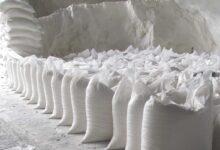Premium Iranian Tahini exports

Discover premium Iranian tahini, made from 100% roasted sesame seeds, known for its smooth texture, rich flavor, and high nutritional value. This high-quality tahini is a staple in Middle Eastern and Mediterranean cuisines, perfect for dips, dressings, sauces, and health food products. Sourced directly from Iran, it is free from additives and preservatives, ensuring purity and freshness in every batch. Ideal for bulk supply, retail packaging, and food production, Iranian tahini is available at competitive export prices. Explore our updated tahini price list and connect with reliable suppliers in Iran for wholesale orders. Tahini is obtained from ground seeds and is considered a food. In fact, tahini alone is a complete meal for any meal, especially breakfast. Tahini has a high nutritional value, and at the same time, it does not contain any chemical or non-chemical additives and in other words, it is 100% natural.
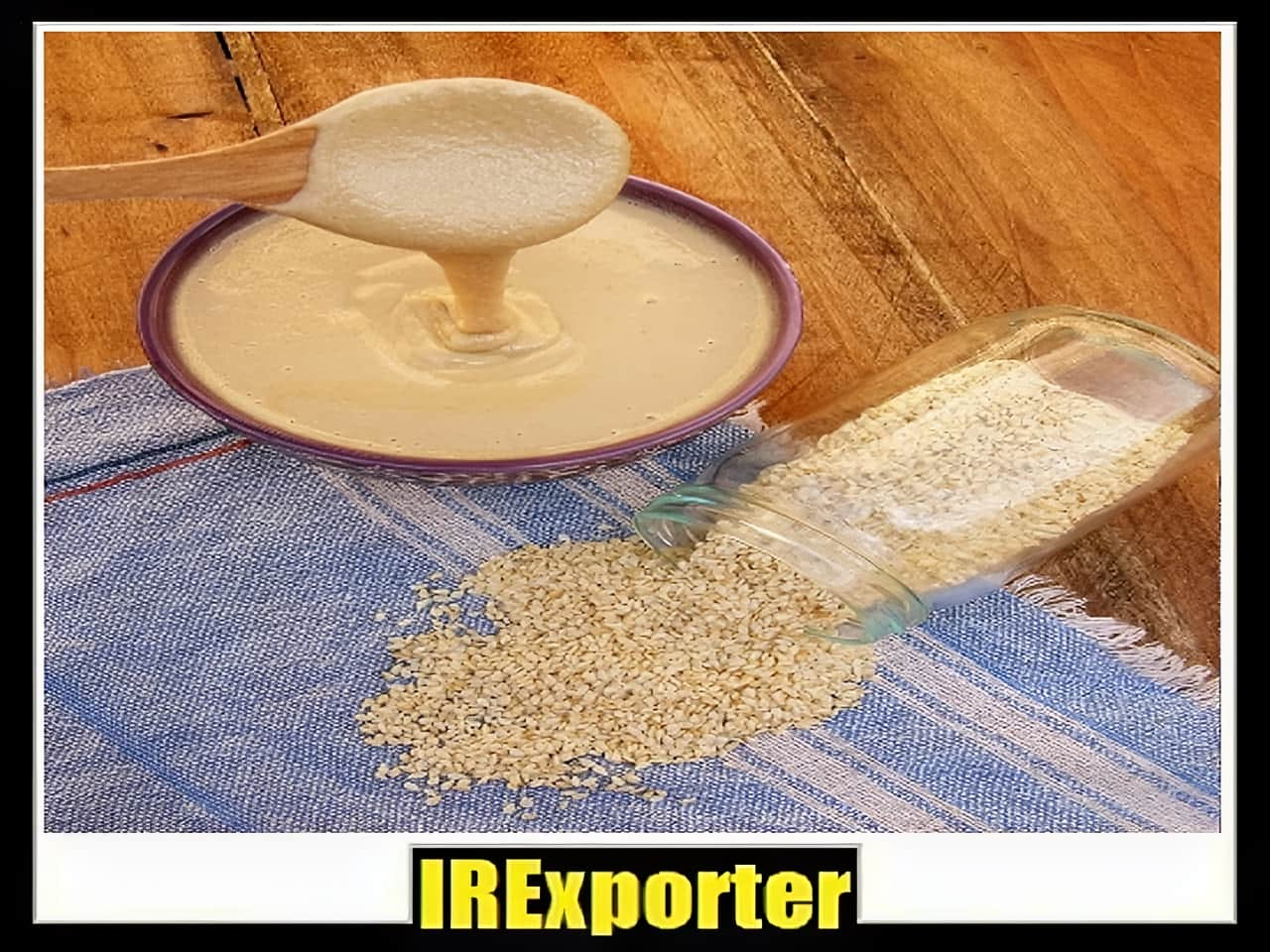
the quality of tahini and its impact on the purchase price
the quality of tahini significantly affects the purchase price of exported tahini from iran. High-quality tahini is produced from top-grade sesame seeds and undergoes processing methods that preserve its flavor, texture, and overall quality. Tahini of lower quality, produced from inferior sesame seeds or processed inadequately, will not command as high a purchase price as high-quality tahini.
The main and only ingredient of tahini is sesame. In fact, tahini is made from a liquid prepared from toasted and crushed sesame seeds, which have not been separated. The high nutritional value and popularity of tahini has made it a popular product for export due to its properties and high health benefits.
the quantity of tahini exported and its impact on the purchase price
the quantity of tahini exported also plays a role in determining the purchase price. In general, larger quantities of exported tahini result in a lower purchase price due to economies of scale. Exporting larger quantities allows for lower production costs and enables offering tahini at a more competitive price.
the demand for tahini in the importing country
the demand for tahini in the importing country is another significant factor influencing the purchase price of exported tahini. Higher demand typically leads to higher purchase prices, as it reflects the market’s supply and demand dynamics. If there is a strong demand for tahini in the importing country, the price is likely to rise accordingly.
transportation costs and their impact on the purchase price
transportation costs have a notable impact on the purchase price of exported tahini. Shipping tahini from iran to the importing country incurs significant expenses, which affect the overall cost. Factors such as the distance between iran and the importing country, the chosen mode of transportation, and any applicable tariffs or taxes on the shipment can contribute to transportation costs.
tariffs and taxes and their impact on the purchase price
tariffs and taxes imposed by the importing country can influence the purchase price of exported tahini. Tariffs are import taxes levied on goods, and additional taxes may be imposed by the importing country’s government. These costs add to the overall expenses of exporting tahini, which can affect the purchase price.
in conclusion, the export of tahini from iran has a significant impact on the country’s economy. The purchase price of exported tahini is influenced by factors such as the quality and quantity of tahini, demand in the importing country, transportation costs, and applicable tariffs and taxes. By considering these factors, exporters can navigate the market and offer competitive prices while ensuring the export of high-quality tahini from iran.
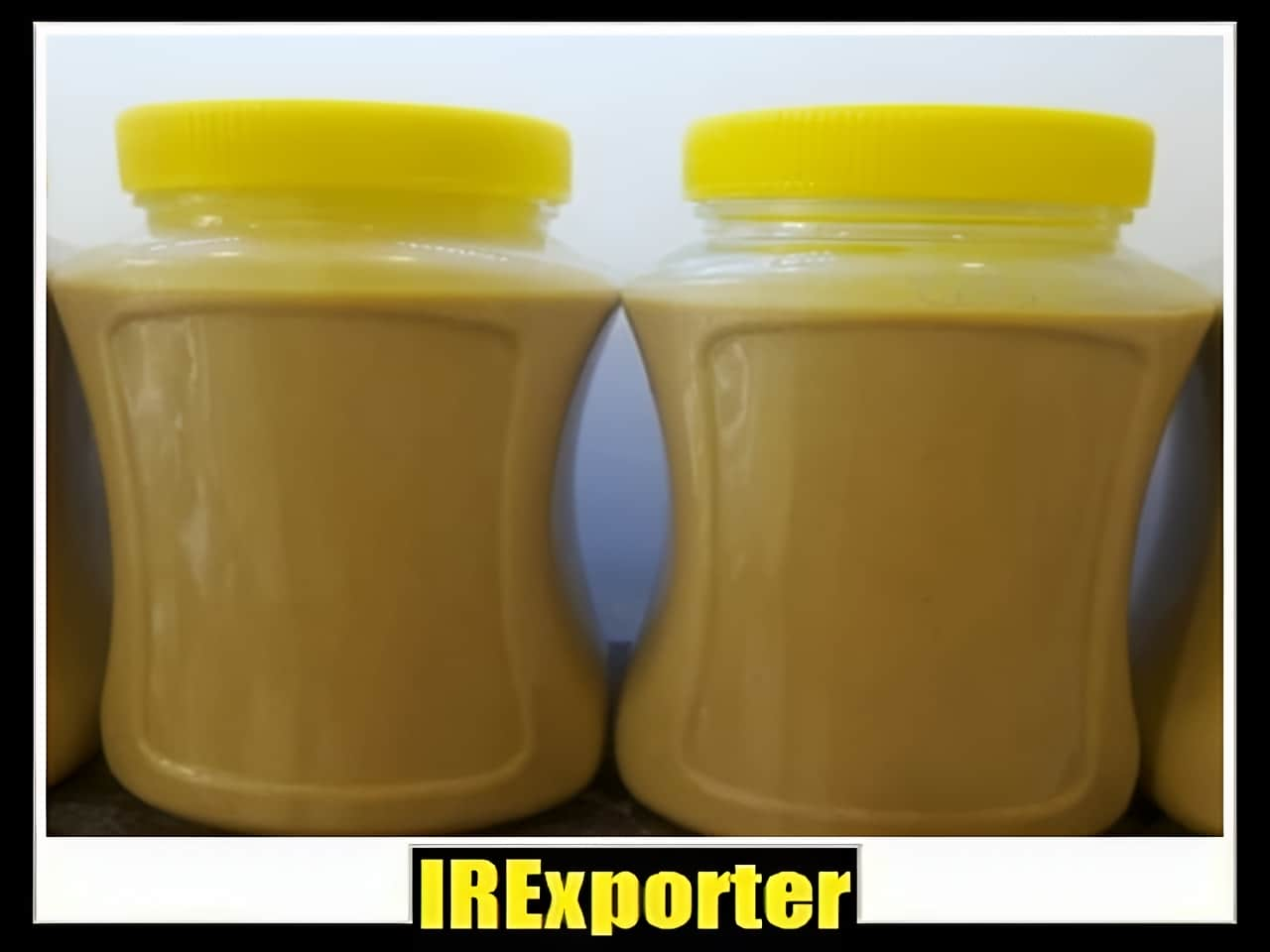
export of industrial tahini
our company specializes in the export of industrial tahini, primarily to asian countries and persian gulf countries. With special marketing conditions and competitive prices, we cater to the diverse demands of our customers.
first type of industrial tahini production
iran boasts large-scale industrial units dedicated to producing high-quality industrial tahini. These units adhere to strict standards, ensuring the production of first-class products. As a result, our tahini products can be exported to any country. The domestic industrial units in iran have the necessary infrastructure and capabilities to meet export demands.
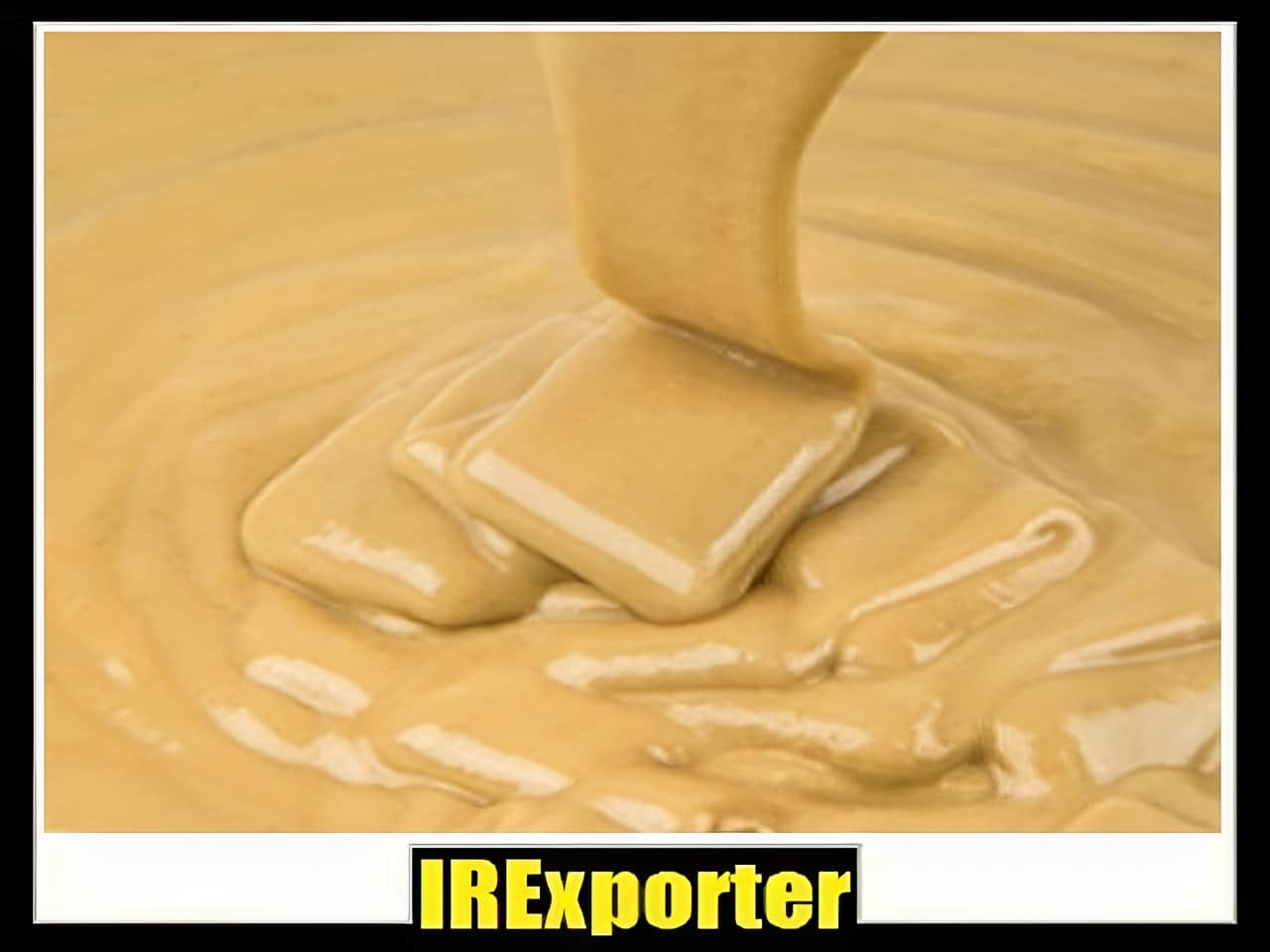
introduction to tahini and its export from iran
tahini is a creamy and versatile paste made from ground sesame seeds. It is a staple in middle eastern cuisine and used in a variety of dishes such as hummus, baba ganoush, and halva. Iran is one of the largest producers and exporters of tahini globally, and its export significantly impacts the country’s economy. This article provides an overview of tahini export from iran and the factors affecting the purchase price of exported tahini.
the history of tahini production in iran
tahini production has a long history in iran and holds cultural significance. Over time, tahini production in iran has evolved, and the country is now renowned for producing high-quality tahini exported to many countries worldwide. Iran’s favorable climate, fertile soil, and abundant water resources make it an ideal location for sesame seed cultivation, the primary ingredient in tahini.
the importance of tahini export for iran’s economy
the export of tahini plays a vital role in iran’s economy, contributing to its revenue and supporting many livelihoods. The tahini industry in iran is well-established and employs numerous individuals involved in farming, processing, distribution, and export. Tahini export from iran encompasses various aspects of the country’s economy, providing economic opportunities and stability.
What is tahini and where is it produced in Iran?
Tahini is a Middle Eastern paste made from ground sesame seeds, used in many dishes such as hummus and baba ganoush. It is produced in many regions of Iran, with the largest production in the cities of Mashhad and Qom.
How does tahini export from Iran occur?
Tahini export from Iran typically occurs through shipping containers, either by sea or air, to importing countries. The products are packaged in jars or drums and must meet certain quality standards to be eligible for export.
What are the main countries importing tahini from Iran?
The main countries importing tahini from Iran are neighboring Middle Eastern countries, such as Iraq, Turkey, and Syria, as well as some European countries like Germany and the Netherlands. The demand for tahini and other Middle Eastern food products has been increasing globally, leading to an increase in exports from Iran.
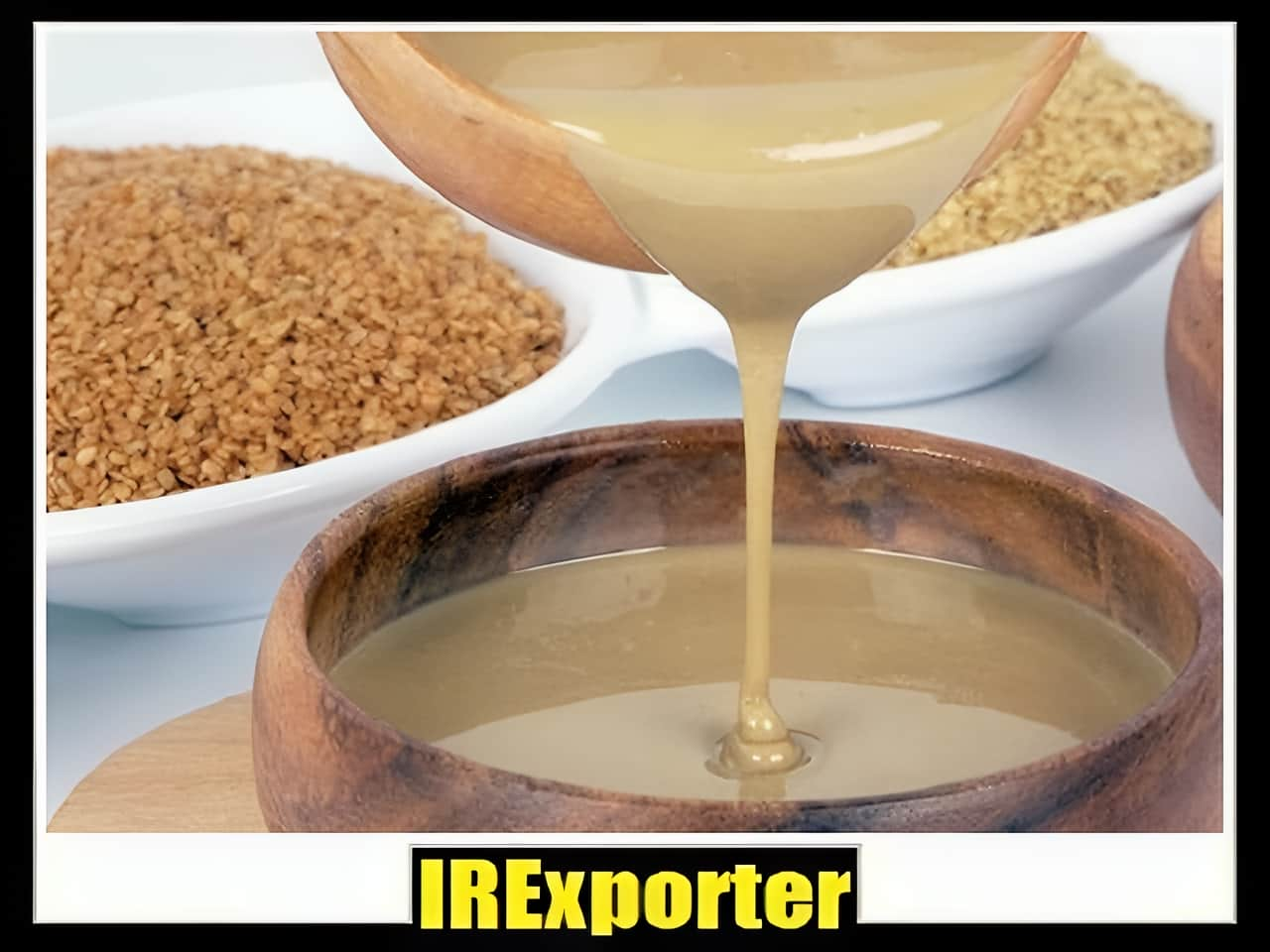
features of first-class industrial tahini
first-class industrial tahini offers several distinguishing features compared to second- and third-class varieties. Traders and exporters must consider these differences carefully. Key features of first-class tahini include:
- a rich and unique aroma
- a sweet taste
- excellent durability
- a natural, perfect color
- unique properties
on the other hand, second and third-class tahini varieties are less durable and have a bitter taste. Buyers and primary customers should exercise caution when purchasing tahini, ensuring they obtain the highest quality products. Iran has a significant capacity for tahini production, both for domestic consumption and export. In addition to meeting domestic demand, iran exports sesame tahini to various countries, particularly those in the persian gulf region. The industry has witnessed substantial growth, with large-scale commercial contracts being concluded with foreign countries.
tahini offers numerous health benefits. It is a rich source of phosphorus and manganese, which are essential for bone health. Additionally, it contains thiamin (vitamin b1) and vitamin b6, important for energy production. Approximately 50% of tahini’s fat content consists of unsaturated fatty acids, which have anti-inflammatory properties and reduce the risk of chronic diseases.
• reducing the risk of certain diseases:
sesame seeds can help reduce the risk of certain diseases, including type 2 diabetes and heart disease. Consumption of tahini can lead to decreased risk factors associated with heart disease, such as high cholesterol and triglyceride levels. Studies have shown that consuming 3 tablespoons (40 grams) of sesame seeds per day resulted in significantly lower cholesterol levels in individuals with knee osteoarthritis. Additionally, replacing part of breakfast with 2 tablespoons (28 grams) of tahini led to significantly lower triglyceride levels in individuals with type 2 diabetes.
• strengthening the central nervous system:
tahini contains compounds that may improve brain health and reduce the risk of neurodegenerative diseases, such as dementia. Components of sesame seeds have demonstrated protective effects on human brain and nerve cells in experimental studies. The antioxidants present in sesame can cross the blood-brain barrier, providing direct benefits to the central nervous system.
• antibacterial properties:
sesame tahini possesses antibacterial properties, thanks to its powerful antioxidants. Sesame oil, in particular, is used for treating diabetes in certain central european, middle eastern, and iranian countries. Oil seed extract has exhibited effectiveness against 77% of drug-resistant bacteria in research studies. Moreover, mouse studies have shown that sesame oil aids wound healing, likely due to its fat and antioxidant content.
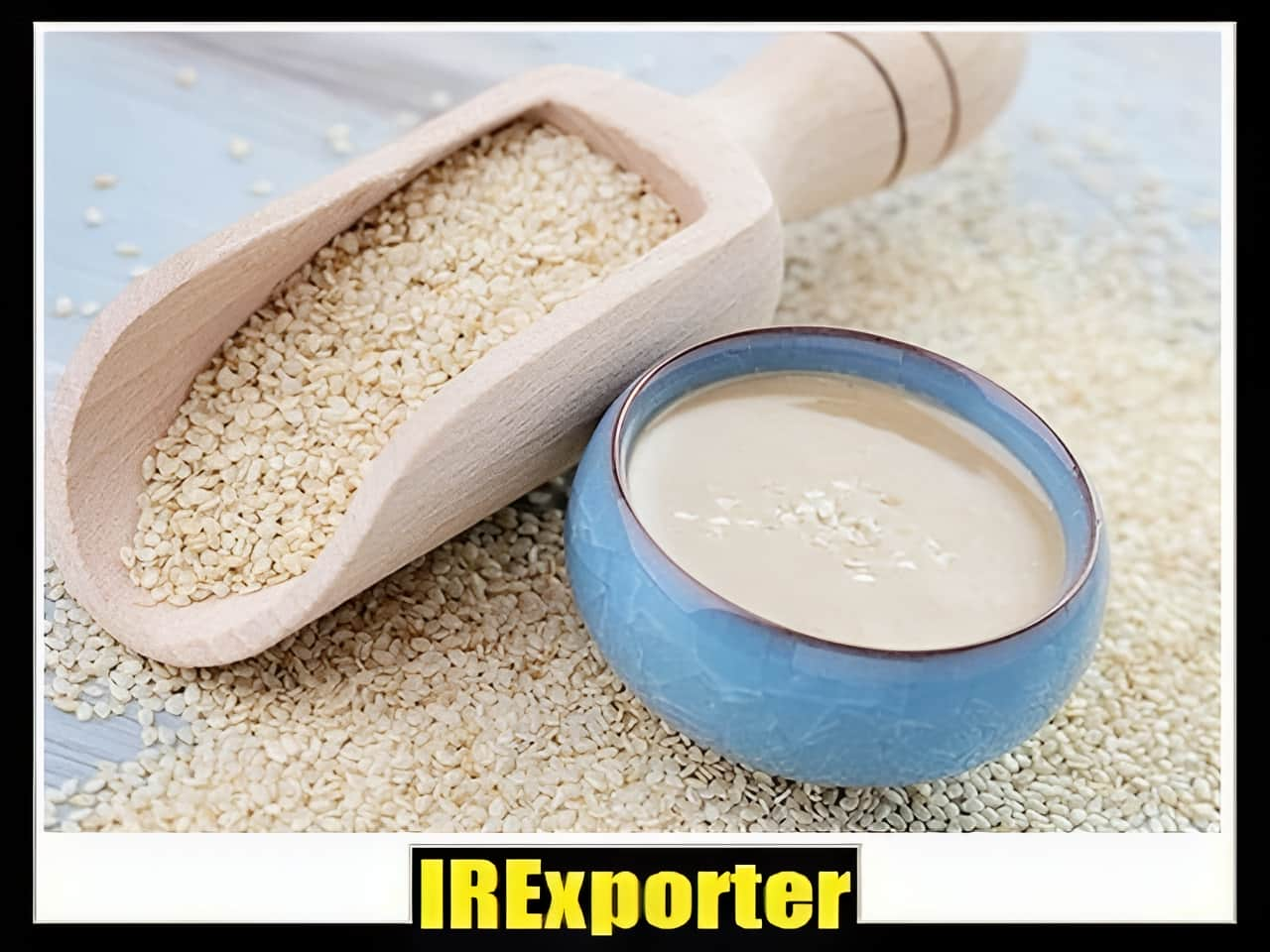
export market for tahini: real sesame
sesame tahini is a highly valued product derived from sesame seeds, offering numerous benefits such as cancer prevention, calcium supplementation for bone health and prevention of osteoporosis, cholesterol and hypertension reduction, skin care, and alleviation of constipation.
tahini is a versatile and nutritious food suitable for consumption throughout the year, especially during the cold seasons. First-class and authentic tahini possesses exceptional properties beneficial for the body and the prevention of various diseases. It is an excellent option for breakfast or a snack.
unfortunately, poor-quality and counterfeit tahini products are circulating in the market, lacking the unique characteristics of high-quality tahini. It is crucial to distinguish authentic tahini by considering several important factors:
- checking the smell: high-quality tahini has a mild and pleasant aroma, easily recognizable by experienced individuals.
- color assessment: the color of tahini can vary based on factors such as production date or ingredient type. However, it should generally range from creamy white to light brown, depending on the sesame variety used.
- taste evaluation: authentic tahini exhibits a great flavor with a slight bitterness that is not offensive.
- durability: genuine tahini retains its taste, color, and aroma even after a year, maintaining its qualityand shape. The shelf life of authentic tahini is significantly longer compared to fake or low-quality tahini.
oil distribution and export of authentic tahini from iran
given the recognized properties and high nutritional value of authentic sesame tahini, it is widely used in various industries and sectors today. After production and processing, our sesame tahini export and distribution center offers the product in different packages and quality grades. You can rely on our reliable collection to purchase this product at an excellent quality and reasonable price, and experience the real taste and benefits of sesame tahini.
irexporter is a leading exporter of tahini to different countries, including turkey, pakistan, uzbekistan, iraq, georgia, afghanistan, cyprus, kuwait, oman, qatar, syria, armenia, turkmenistan, russia, morocco, europe, africa, australia, new zealand, malaysia, germany, sweden, bangladesh, thailand, singapore, and cyprus. Our tahini export agency in iran facilitates the exchange of high-quality tahini. We offer a wide range of services, including tahini sales, transportation, and guidance on the specifications of export tahini from iran. Whether you’re wondering where to buy export tahini or which type is the best, we have the answers for you. Our iran tahini export business group ensures a seamless and efficient sales system for export tahini in iran.
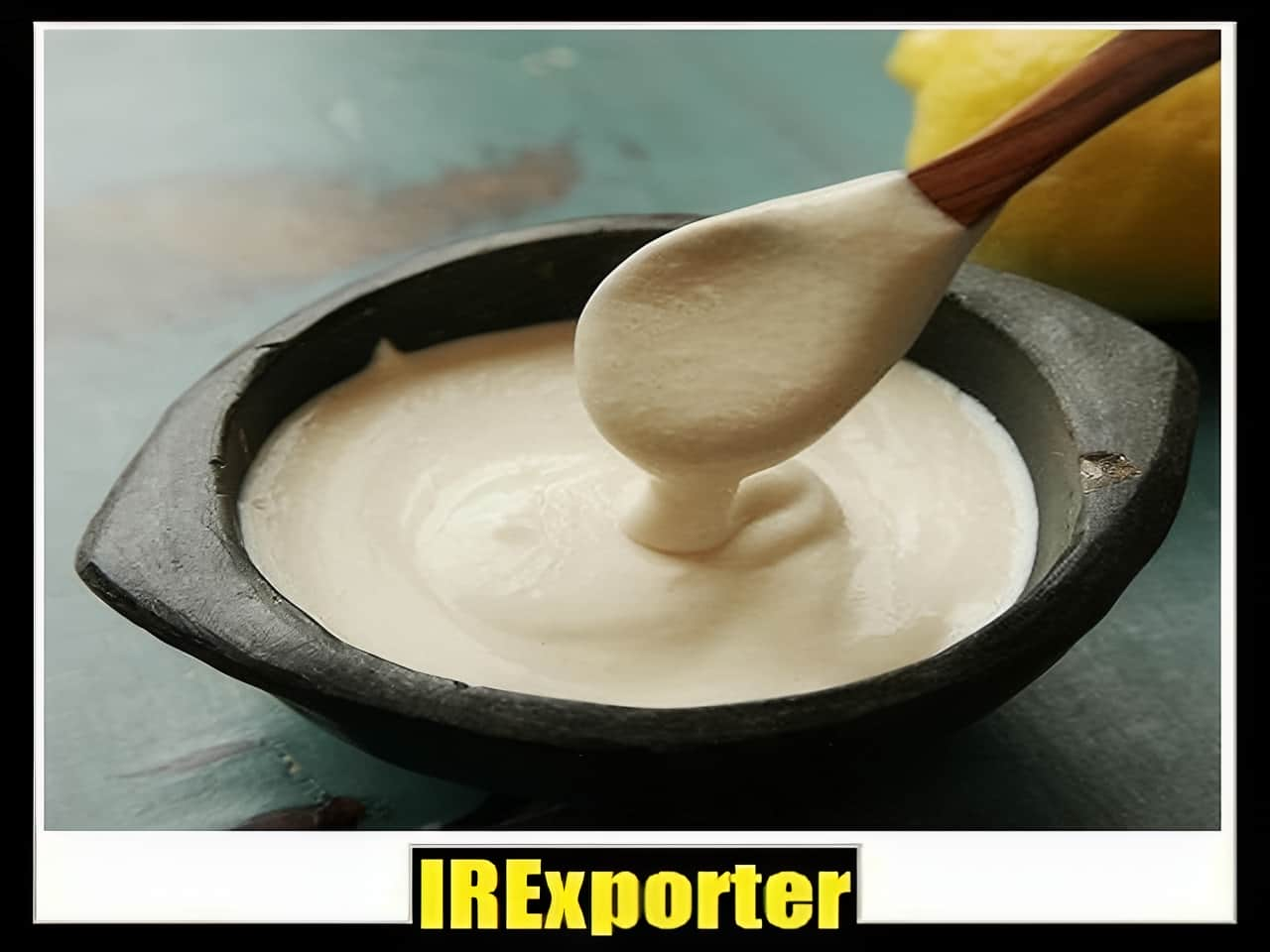
factors affecting the purchase price of exported tahini
several factors influence the purchase price of exported tahini from iran, including the quality of the tahini, the quantity being exported, and the demand in the importing country. The price of sesame seeds, the primary raw material, also impacts the purchase price. Additionally, transportation costs, tariffs, and taxes can affect the overall purchase price.
Article Outline
| Heading |
|---|
| Section 1: Introduction |
| Section 2: Company Background |
| Section 3: Quality Assurance |
| Section 4: Product Range |
| Section 5: Competitive Prices |
| Section 6: Global Reach |
Article
FAQs
-
What makes Iranian Natural Tahini Company stand out?
The Iranian Natural Tahini Company stands out due to its exceptional quality, competitive prices, and global reach. The company’s commitment to maintaining the highest standards in production and quality assurance ensures that customers receive a premium product. Additionally, the company’s focus on affordability without compromising on quality gives it a competitive edge in the market. Lastly, its global reach allows customers from all over the world to access its high-quality tahini products.
-
Can I purchase tahini directly from the Iranian Natural Tahini Company?
Yes, the Iranian Natural Tahini Company provides direct purchase options for individuals and businesses. You can contact the company through its website or reach out to their sales team to inquire about purchasing options, pricing, and any other queries you may have. They offer a wide range of tahini products to suit various needs and can also accommodate customized orders based on your requirements.
-
Is the pricing of the tahini competitive?
Absolutely! The Iranian Natural Tahini Company understands the importance of competitive pricing and strives to offer affordable prices. They optimize their production processes and maintain strong relationships with suppliers to ensure cost-efficiency without compromising on quality. The pricing is transparent and reflective of the exceptional value and quality of their tahini products.
-
Can the Iranian Natural Tahini Company cater to international customers?
Yes, the Iranian Natural Tahini Company has a global reach and caters to international customers. They have developed a wide distribution network, allowing them to deliver their products to customers across continents. Whether you are a local business or a multinational corporation, the company can efficiently meet your tahini needs and provide timely delivery and excellent customer service.
| Tahini export from Iran | |
|---|---|
| 💎 Product benefits | Good price and High quality |
| 💲 Export Tahini price | The lowest price in the trade market |
| ⏳ Quality of Tahini for export | Top-Grade |
| ⏱ How to send products | By ship shipping |
| 🎯 How to order | By email and call |

